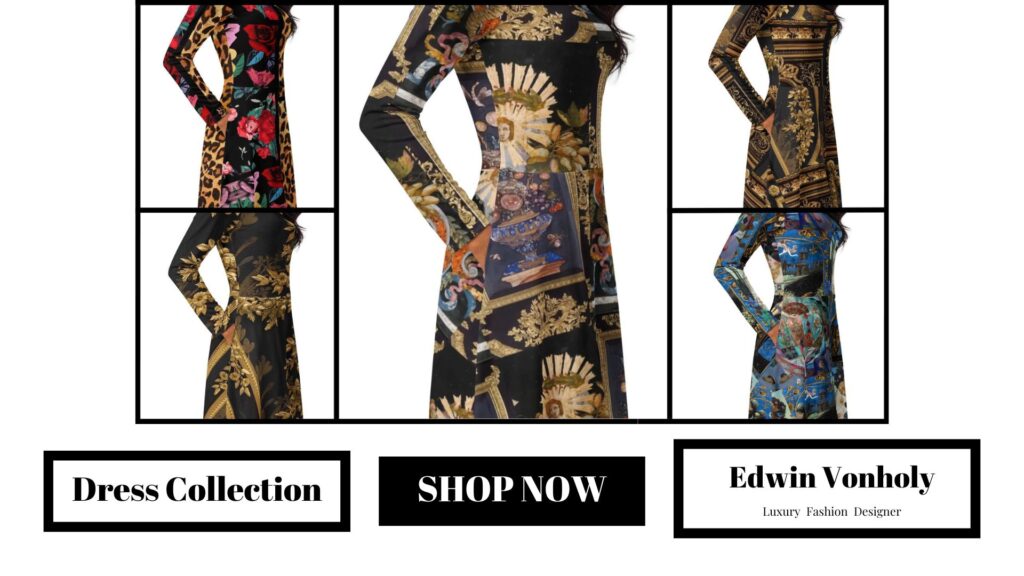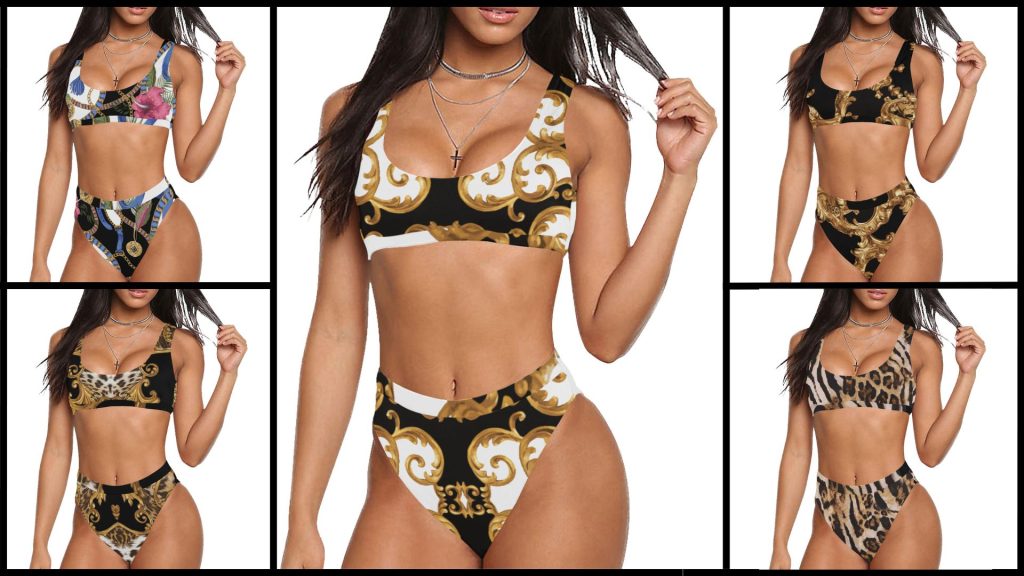Flapper Dress Colors and Their Meanings in the 1920s
The 1920s were a time of revolution, and fashion played a key role in the cultural shifts of the era. One of the most iconic pieces from this time was the flapper dress. These dresses were not only symbols of the Jazz Age’s free-spirited and rebellious spirit but also represented a shift in women’s roles in society. But did you know that the colors of flapper dresses were more than just a matter of personal taste? Each color had its own significance, symbolizing different aspects of the 1920s culture, emotions, and ideals. In this article, we’ll take a closer look at the flapper dress colors and their meanings during the Roaring Twenties.
The Rise of the Flapper Dress and Its Significance
Before diving into the colors, it’s important to understand the role that flapper dresses played in the cultural revolution of the 1920s. These dresses were characterized by their loose, straight-cut silhouette, drop waist, and often, embellishments like beads and fringe. Women of the time rejected the restrictive, corseted garments of the past, choosing instead a style that emphasized freedom of movement, comfort, and modernity.
This new style was symbolic of the changing roles of women, who were gaining more independence, entering the workforce, and embracing new forms of expression. As a result, flapper dresses became a symbol of youthful defiance, liberation, and rebellion. The colors they were designed in were not just a fashion choice—they told a story about the wearer’s personality, social status, and values.
Classic Black: Sophistication and Mystery
Black was one of the most popular colors for flapper dresses in the 1920s, epitomized by Coco Chanel’s introduction of the “little black dress.” The color black in the flapper era signified sophistication, elegance, and mystery. It was a color that conveyed understated luxury and timelessness. A black flapper dress could be worn to both casual events and formal gatherings, making it versatile and practical.
Why Black Was the Go-To Choice
During the Roaring Twenties, black was associated with modernity and rebellion. It was a departure from the traditional colors that had been seen in Victorian and Edwardian fashion. For many women, wearing black was a way to challenge the conventions of the time, presenting themselves as confident and independent. The color also symbolized the cultural shift towards the avant-garde and a rejection of the past’s more reserved and formal styles.
Bold Red: Passion and Power
Red is a bold and passionate color that emerged as a popular choice for flapper dresses during the 1920s. This fiery hue was often associated with love, desire, and power. A red flapper dress was a statement of confidence and a reflection of a woman’s desire to stand out and be noticed. Red was also linked to the Jazz Age’s sensuality and liberation, with its bright, attention-grabbing quality reflecting the excitement and vigor of the time.
The Empowerment Behind Red
Women who chose red flapper dresses often did so because they wanted to convey strength and boldness. The color symbolized their independence and ability to take control of their own destiny. It was a color that stood in stark contrast to the more reserved tones of earlier periods, aligning perfectly with the 1920s spirit of rebellion and self-expression.
Elegant White: Purity and Sophistication
White has long been associated with purity, innocence, and simplicity, and in the 1920s, it became a popular choice for formal wear, including flapper dresses. White was often chosen for occasions such as weddings or debutante balls, where young women were introduced into society. However, white in flapper dresses also symbolized the contrast between innocence and the more liberated, daring aspects of the Jazz Age.
White’s Dual Symbolism
While white represented purity and the untouched ideal of womanhood, it also had a sense of freedom. The color white in the 1920s was symbolic of a new chapter in the lives of women—one that balanced both tradition and the freedom to express individuality. It was often seen in lace or satin flapper dresses, evoking a sense of grace and femininity while still maintaining the modern, forward-thinking energy of the time.
Glamorous Gold: Wealth and Glamour
Gold was another color that flourished in the 1920s, particularly in the form of metallic embellishments on flapper dresses. Gold signified wealth, glamour, and opulence, making it a popular choice for the upper class and for those attending extravagant parties and social events. Gold flapper dresses often featured intricate beadwork or sequins that sparkled under the lights, adding a sense of luxury and sophistication.
Gold’s Association with the Jazz Age
The 1920s were a time of economic prosperity, particularly for the wealthy, and gold was a color that perfectly captured the glittering excess of the era. Gold symbolized not only financial success but also a life of leisure and indulgence. It was a color often worn by women who had a desire to flaunt their wealth and embrace the glamour that came with it.
Cool Blue: Tranquility and Rebellion
Blue was a popular, yet slightly more subtle, color choice for flapper dresses in the 1920s. The color blue was often associated with tranquility, calmness, and loyalty, but in the context of the Jazz Age, it also represented rebellion against the restrictive roles women had once been confined to. It was a color that suggested a sense of freedom and introspection, allowing the wearer to embrace both individuality and serenity.
The Calm Confidence of Blue
A blue flapper dress, particularly in shades like navy or cobalt, could convey a sense of self-assuredness and cool sophistication. Unlike the fiery red or bold black, blue offered a more subdued yet confident statement. Women who wore blue flapper dresses often did so because it reflected their calm, collected nature and their desire for a balance between freedom and composure.
Radiant Green: Growth and Vitality
Green, often considered a symbol of growth and renewal, had a significant role in flapper fashion during the 1920s. This color was associated with vitality, youth, and the blossoming energy of the era. Whether in deep emerald hues or lighter, more vibrant shades, green flapper dresses represented the optimism and rejuvenation that characterized the post-World War I world.
Green’s Symbolism of Renewal
In the context of the Jazz Age, green represented a new beginning—both personally and socially. The women of the 1920s were breaking free from old traditions and embracing the changes that were happening in the world around them. Green, with its fresh and lively tone, was the perfect reflection of that spirit of renewal.
Conclusion
The colors of flapper dresses were more than just a matter of style—they were reflective of the shifting values, attitudes, and emotions of the 1920s. Each color carried its own set of meanings, whether it was the sophistication of black, the boldness of red, or the tranquility of blue. The flapper dress became a canvas for women to express their individuality and, in doing so, captured the essence of the Jazz Age. Today, these iconic colors continue to inspire and influence fashion, proving that the legacy of the flapper dress lives on in the world of modern design.








